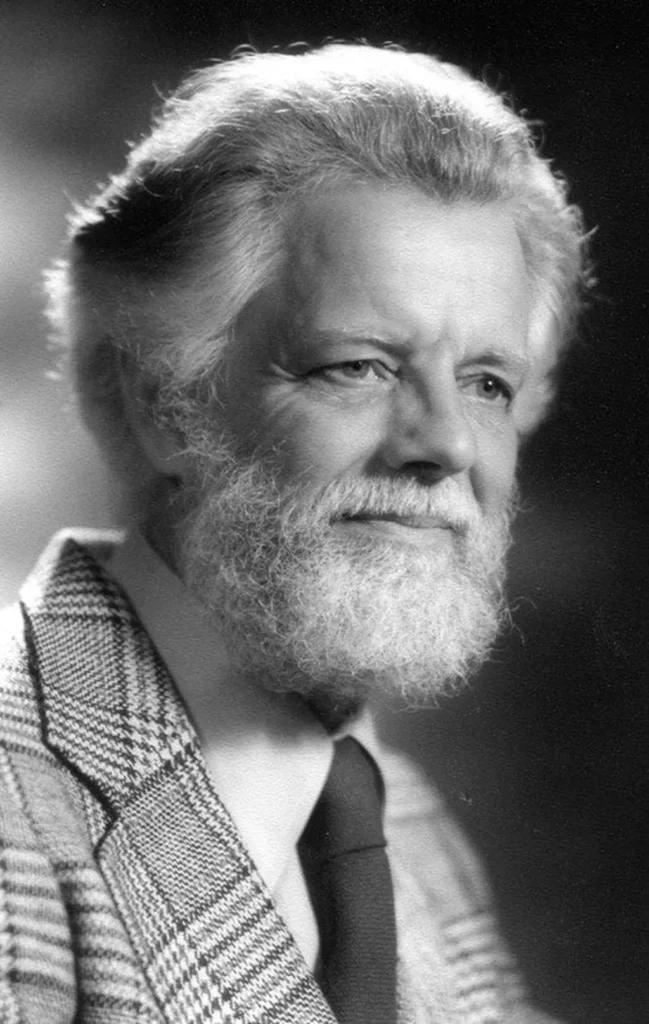In the quest for sustainable urban infrastructure, a team of researchers led by Seyfettin Vadi from the Department of Electrical and Electronics Engineering at Gazi University in Turkey has developed an innovative off-grid smart street lighting system that promises to revolutionize energy efficiency in cities. Published in the journal *Sensors*, the study introduces a hybrid renewable energy solution that combines solar power, battery storage, and Internet of Things (IoT) technology to create a reliable, internet-independent lighting system.
The system leverages Long Range Wide Area Network (LoRaWAN) communication technology, enabling remote monitoring and control without the need for traditional internet connectivity. This is a significant advancement, as it allows for seamless operation in areas where internet access might be limited or unreliable. “The integration of LoRaWAN ensures robust communication over long distances, up to 10 km, making it ideal for large-scale urban and rural applications,” Vadi explains.
One of the standout features of the system is its use of the Perturb and Observe (P&O) maximum power point tracking (MPPT) algorithm, which maximizes energy extraction from solar sources. The system achieved an impressive maximum MPPT efficiency of 97.96%, demonstrating its capability to harness solar energy effectively. The data collected from the LoRaWAN gateway is transmitted to the cloud using the Message Queuing Telemetry Transport (MQTT) protocol, providing real-time access and management through a graphical user interface.
The practical implications of this research are substantial. By reducing reliance on traditional grid electricity, cities can significantly cut their energy costs and carbon footprints. The system’s ability to operate independently of the internet also makes it a versatile solution for various environments, from bustling urban centers to remote rural areas. “This technology not only enhances energy efficiency but also ensures reliability and sustainability, which are crucial for modern urban planning,” Vadi adds.
The successful operation of four LED streetlights, each spaced 400 meters apart across an open area of approximately 1.2 km, underscores the system’s scalability and effectiveness. This innovation could pave the way for similar projects worldwide, offering a blueprint for energy-efficient urban infrastructure.
As cities continue to grow and the demand for sustainable energy solutions increases, this research provides a compelling example of how technology can drive positive change. The integration of renewable energy sources with advanced communication and control systems represents a significant step forward in the quest for a greener, more efficient future. With further development and implementation, this system could become a cornerstone of smart urban infrastructure, shaping the way cities are powered and managed in the years to come.

